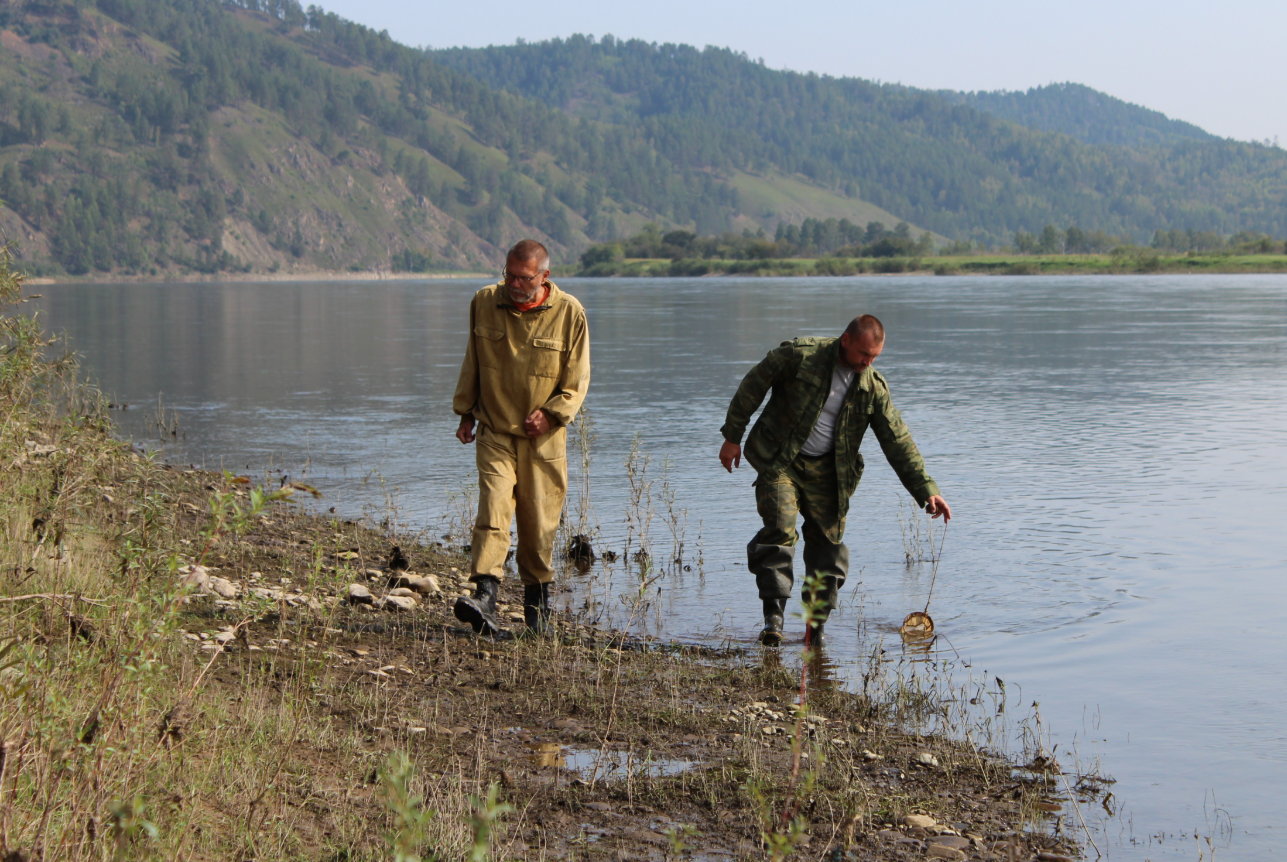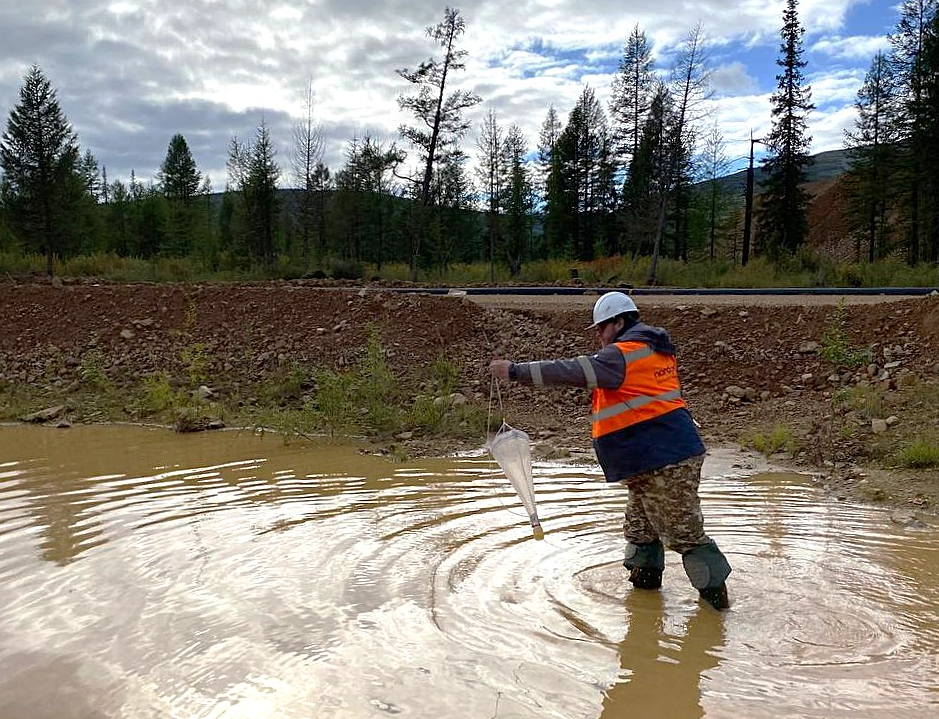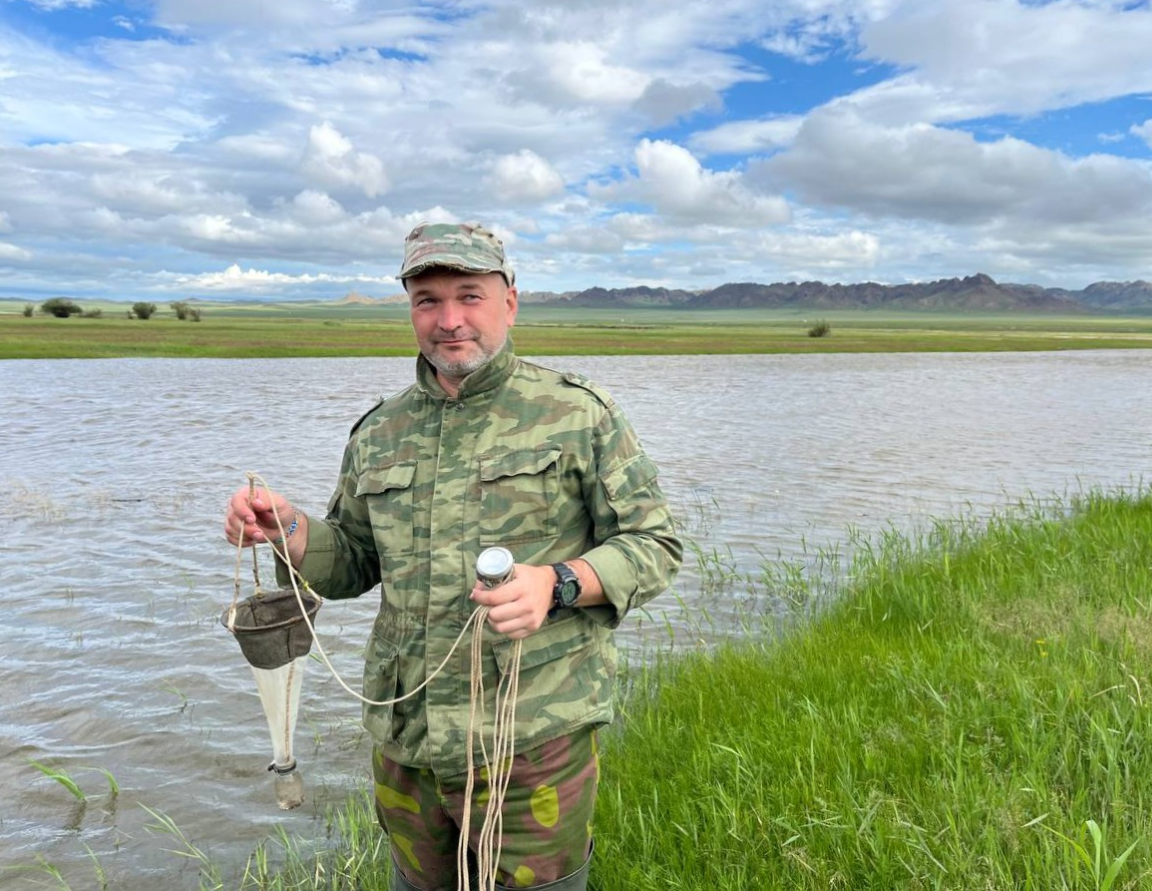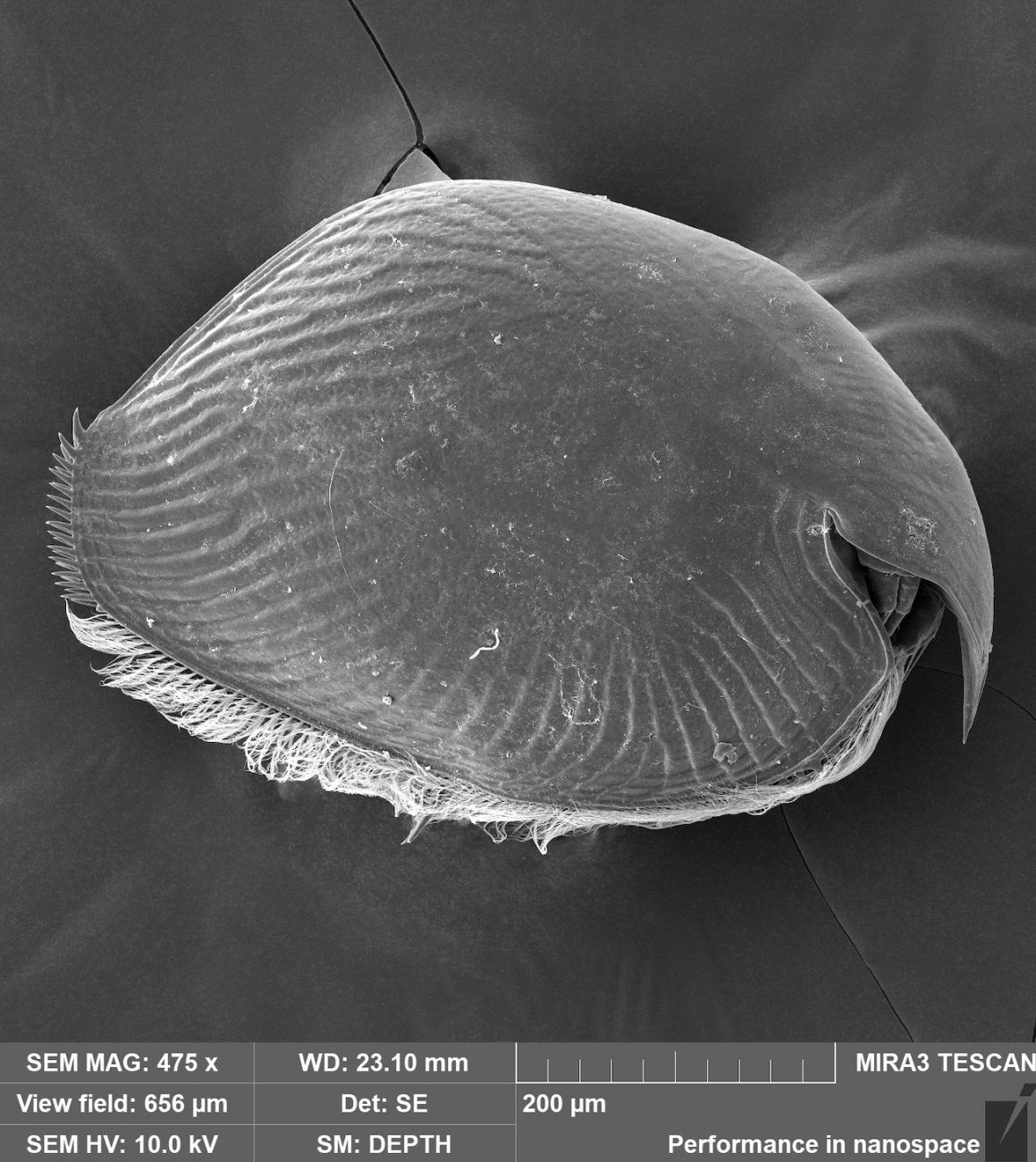
Biologists have found that the cladoceran Pleuroxus truncatus, which is widespread in the freshwater bodies of Northern Eurasia, can be divided into two large genetic lines. Representatives of the first, “western,” are found mainly in the European part of Russia, while the second, “eastern,” is found in Siberia, the Far East, and Mongolia. These lines became isolated in the late Pleistocene, approximately 10,000–300,000 years ago, probably during the era of glaciation and desertification, which led to the isolation of individual populations. The data obtained will help to better understand the processes of evolution and dispersal of freshwater crustaceans, as well as predict their adaptation to climate change. The results of the study, supported by a grant from the Russian Science Foundation (RSF), are published in the journal PeerJ.

Cladocera are an important component of food chains in continental waters. They serve as a primary food source for many fish species, insect larvae, and even some waterfowl. Despite their relative abundance, nearly 95% of genetic studies on them have focused on planktonic crustaceans, such as Daphnia, while other groups, including members of the genus Pleuroxus, which is widespread in Eurasian lakes and rivers, are poorly understood. This situation limits our understanding of freshwater crustacean evolution because it is unclear to what extent the patterns observed in planktonic Daphnia are also characteristic of other crustaceans with different lifestyles, such as those living in aquatic plant beds and on the bottom of reservoirs.

Scientists from the A.N. Severtsov Institute of Ecology and Evolution of the Russian Academy of Sciences (Moscow) studied populations of the crustacean Pleuroxus truncatus, common to Northern Eurasia, individuals of which were caught in water bodies in the European part of Russia, Siberia, the Far East and Mongolia. The authors assessed the relationship of individuals from different populations to each other by analyzing the sequences of four genes. Two of them were in the DNA of mitochondria (the "energy stations" of the cell), and two more were in the nuclear DNA. This set made it possible to most accurately trace the evolutionary history of the species due to the fact that mitochondrial DNA changes quickly during evolution, while the studied nuclear genes, on the contrary, are conservative.

The analysis showed that all populations of Pleuroxus truncatus are divided into two main genetic lines: "western", whose representatives are found mainly in the European part of Russia, and "eastern", more typical for Siberia, the Far East and Mongolia. However, biologists have also discovered several populations of the "eastern" line in the European part of Russia.

The differences between the genetic lines were relatively small, indicating their recent separation. According to the authors, it occurred approximately 10,000 to 300,000 years ago, that is, during the late Pleistocene, when the climate on Earth was quite harsh - cold and very dry. This allowed biologists to assume that the identified genetic division of the Pleuroxus truncatus species into two lines may be associated with this unfavorable time for freshwater animals. Populations of Pleuroxus truncatus could have been isolated in separate refugia (refuges) in the western and eastern parts of the continent, which led to their genetic separation. After warming and the retreat of glaciers, these lines again expanded their ranges, partially mixing in contact zones, but retained differences due to limited genetic exchange.
"The data we have obtained not only allow us to reconstruct the history of species distribution, but also to predict possible paths of future transformation of faunas in the context of global climate change. In the future, we plan to continue similar work on representatives of other genera living both in thickets of aquatic plants and directly on the bottom of water bodies. We will pay special attention to the fauna of cladocerans of the south of the European part of Russia, which has not been sufficiently studied. Such a paradoxical situation has arisen because a number of previous projects of our team were focused on the Far East and adjacent territories, on which many works have already been published," says the head of the project supported by a grant from the Russian Science Foundation, Alexey Kotov, Professor of the Russian Academy of Sciences, Corresponding Member of the Russian Academy of Sciences, Doctor of Biological Sciences, Chief Researcher of the Laboratory of Ecology of Aquatic Communities and Invasions of the A.N. Severtsov Institute of Ecology and Evolution of the Russian Academy of Sciences.
Related materials:
Novaya Nauka: "Russian scientists have uncovered the secrets of the evolution of freshwater crustaceans"
Zhukovsky Life: "Cladocerans are divided into two genetic groups"
Rambler: "Scientists have identified the "western" and "eastern" genetic lines of Eurasian cladocerans"
RAS: "The "western" and "eastern" genetic lines of Eurasian cladocerans have been identified"
Nauka.Mail: "Glaciering has divided Eurasian crustaceans into two genetic lines"
